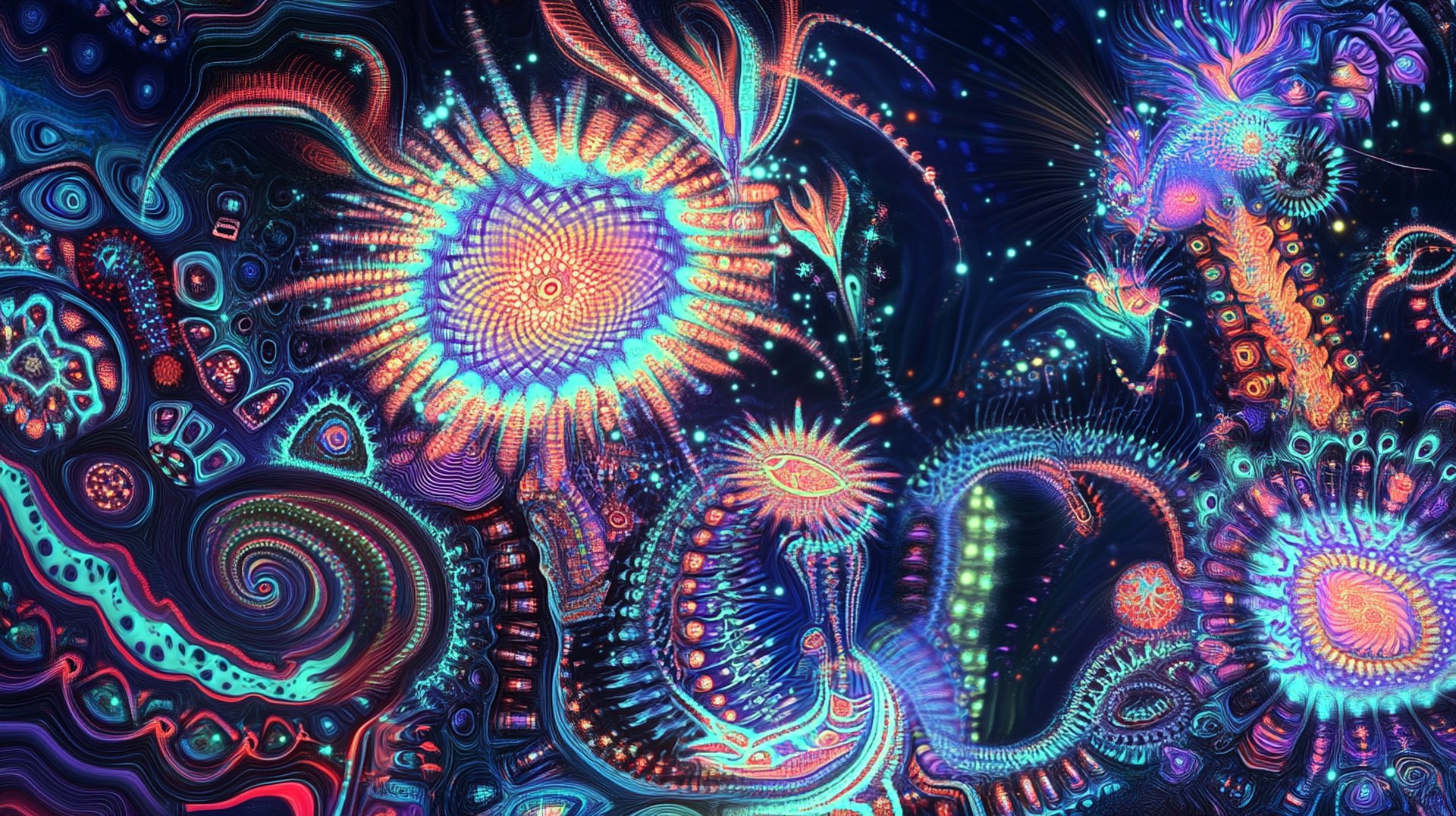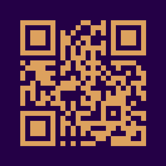Understanding Generative AI Art
Generative Art, at its core, is a fusion of creativity and computation. Here's an exploration of how this art form comes to life.
TOPICS
LLMPix
5/8/20243 min read



Hey there, lifelong learner,
Let's dive into the vast universe of Generative Art, where code meets creativity in the most unexpected ways.
Today I'll be peeling back some of the layers that make Generative Art tick.
The Building Blocks of Generative Art
To understand Generative Art we need to understand how it got it's name.
This Art is made by Generative AI and Human Interaction, at least in my case.
Generative AI is a tool that can create new things based on examples it has seen. Here's how it works in simple terms:
Data: It starts with lots of examples, like pictures, music, or text. This is like showing the AI a bunch of paintings.
Model: Think of this as the AI's brain. It learns patterns from the data. For instance, if you show it many cat pictures, it learns what makes a cat a cat.
Training: This is where the AI practices. It tries to create something, checks if it's right by comparing it to real examples, and keeps adjusting until it gets better.
Generation: Once trained, you give it a prompt or a starting point. Like saying, "Draw a cat in space." It then uses what it learned to create something new that fits your request.
Output: The result could be a new image, a piece of music, or even a story, all created by the AI based on its training but with a dash of creativity.
The Art of Making Art
Now, let's get into the nitty-gritty of the creation process.
First up, you've got to pick your brush. I mean, your AI model.
There's a whole arsenal out there, for example:
Dall-E for those whimsical, out-of-this-world creations.
Stable Diffusion if you're into a more painterly or surreal style.
Midjourney for its unique blend of realism and fantasy.
Flux, arguably the current state of the art model
Each model has its own flavor, its own way of interpreting your ideas into visuals. It's like choosing between different languages, they are each used for communication, but the tone, the vocabulary, is different.
Interfacing with the Model
Now, where does your AI dwell? Is it chilling on your local machine, or is it out there in the cloud? This choice can affect what you create. For instance, local models might give you more freedom with the type of image content (satirical, NFSW, Gore), while cloud-based ones might have stricter guidelines.
But your choice may be limited, dictated by the hardware you have locally available.
Neural Networks are memory hungry and picky eaters. Not any type of Memory will do, some require it to be GDDR, for the phyiscal proximity to the GPU, the Video Card, and it's speedy way of processing are essential to "jogging" the AI's Memory.
There are techniques to downsize the size and therefore the requirements of AI Models and smaller models are contiously being developed.
I expect to see lots of Edge-Device-Deployment, meaning AI running on mobile User device etc in the near future. But I digress ...
There are three common ways of generating AI Art
Wait, one small, but essential step, before we can actually get to crafting!
Conceptualization is where we dream up what we want to create. Maybe it's fractals, or perhaps we're simulating the flow of a river.
Can't make an image of nothing, right?
Using Text to Image
This is where the magic happens. Prompt engineering is the science. Here, you describe your concept in detail, tweaking words, and experimenting with keywords to get the output you envision. It's like being a poet and a scientist at once. Expect future posts where we'll explore my prompt engineering process together.
Using Image to Image
Sometimes, starting with an existing image can lead to fascinating results. It's like remixing a song but with visuals. You feed the AI an image, and it transforms it based on your new prompts.
Using Image to Video
Want to add movement? Image to video is your gateway to dynamic Art. It's like watching your static images come to life, evolve, or tell a story.
Diving Deeper into the Neural Net
For those who want to dive even deeper, the Universe of Generative AI Art is ever expanding.
From training your own model to creating LoRAs (Low-Rank Adaptation). This is where you start customizing models to fit your unique style or concept. I'm currently experimenting with LoRAs, and you can bet I'll be posting about the experience and the results.
Wrapping Up
For me, Generative Art isn't just about making pretty pictures; it's about exploring the dance between chaos and order, randomness and rules. By understanding these technical bits, we push what Art can be. It's where Tech and Art don't just meet; they merge into something new, something fascinating.
If this got your creative heart pumping, head on over to my Links page.
I've collected a few free resources for you to check out.
Catch you in the next post, LLMPix
